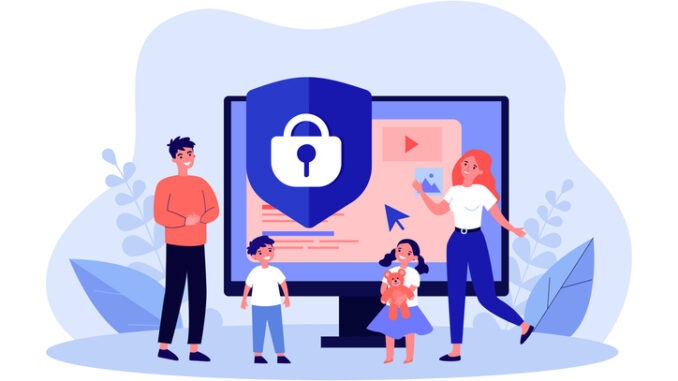
Being online is an integral part of children and young people’s lives. How can you implement effective policies to protect your school and students?
CREDIT: This is an edited version of an article that originally appeared on NSPCC Learning
The internet and online technology provide new opportunities for young people’s learning and growth, but it can also expose them to new types of risks. E-safety should form a fundamental part of schools’ and colleges’ safeguarding and child protection measures. Government guidance for schools across the UK highlights the importance of safeguarding children and young people while online, and having a whole school approach helps ensure staff, governors, volunteers and parents teach children consistently about online safety.
What you should do
Schools have a dual responsibility when it comes to e-safety – to ensure the school’s online procedures keep children and young people safe, and to teach them about online safety, both in and outside of school.
Your school should foster an open environment in which children and young people are encouraged to ask questions, and participate in an ongoing conversation, about the benefits and dangers of the online world.
Policies and procedures
All schools and colleges should have robust e-safety policies and procedures that set out how to safeguard against, and respond to, online safety incidents. These must be understood and followed by all staff, volunteers, children and visitors.
Writing e-safety policies and procedures
Your e-safety policies and procedures must follow the legislation and guidance for child protection in schools across the UK and for online safety. They should apply to all devices with the capacity to connect to the internet and transfer data. This includes internet-connected toys, tablets, smart TVs and watches, ‘phones, laptops and computers.


Be the first to comment